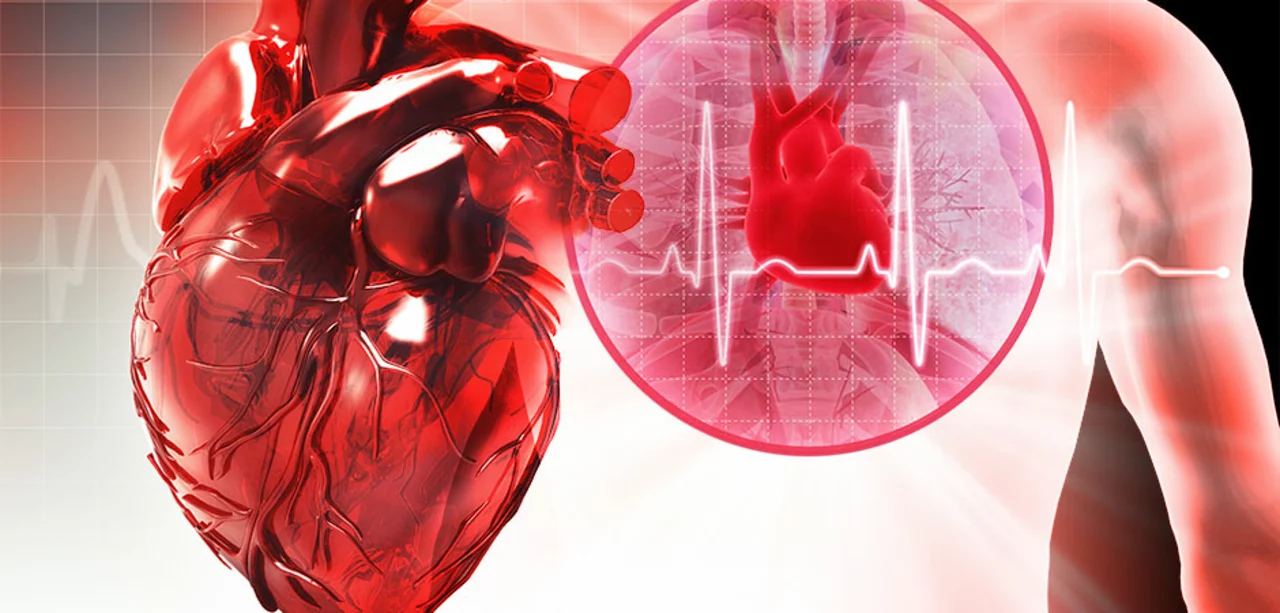Smoking: How to Quit, What Helps, and Medication Tips
Smoking cuts years off your life, but quitting begins helping your body within hours. If you’re thinking about stopping, this page gives clear steps, real options that work, and what to tell your doctor or pharmacist.
First, pick a quit date and plan for cravings. Cravings usually hit hard for 2–4 weeks and get much easier after that. Expect mood swings, trouble sleeping, and increased appetite. Plan small things to do when a craving hits: drink a glass of water, walk for five minutes, or chew sugar-free gum.
Nicotine replacement therapy (NRT) is a safe first choice for many people. Patches give steady nicotine through the skin. Gum, lozenges, or inhalers let you handle sudden urges. You can also combine a patch with gum or lozenges for breakthrough cravings. Use the doses recommended on the package and ask a pharmacist if you’re unsure.
Prescription options that help
If NRT alone isn’t enough, two prescription medicines have good evidence: varenicline (sold as Champix in Canada) and bupropion (Zyban). Varenicline reduces cravings and the pleasure from smoking. Bupropion helps mood and reduces withdrawal. Both need a prescription and follow-up. Common side effects include nausea with varenicline and trouble sleeping with bupropion—talk to your doctor about what fits your health and other meds.
Important: smoking changes how your body handles some drugs. Tobacco smoke increases certain liver enzymes (CYP1A2), which can lower levels of drugs like clozapine, olanzapine, and theophylline. When you quit, levels of those drugs can rise. Tell your prescriber if you stop smoking so they can adjust doses safely.
Practical support and background tips
Behavioural support doubles your chance of success. Join a quit program, call your provincial quitline, try a quit-smoking app, or see a counsellor. Tell friends and family what you’re doing and ask for specific help—like avoiding smoke-filled rooms or not offering cigarettes.
Expect benefits fast: blood pressure and pulse drop within 20 minutes, carbon monoxide falls in 12 hours, circulation and lung function improve within weeks to months, and heart disease risk drops significantly within a year. Long-term risks for cancer and lung disease fall over years.
Pregnancy, secondhand smoke, and vaping need special attention. Don’t smoke during pregnancy and avoid exposing children to secondhand smoke. If you use e-cigarettes to quit, discuss pros and cons with a clinician—e-cigarettes may help some people but are not risk-free.
If cravings return months later, don't treat it as failure. Many people try several times before stopping. Track triggers and remove cigarette smells from home. Try deep breathing, short walks, or keeping hands busy. Combining medicine with counselling raises your chances. If a slip happens, learn from it and try again.
Final practical step: talk with a pharmacist or doctor before starting nicotine replacement or prescription meds. They can check for drug interactions, suggest the best NRT form, and connect you to local quit supports. Quitting is hard but possible—plan, get help, and use the tools that match your life.
The Effects of Smoking on Heart Rhythm
I recently delved into the topic of how smoking affects heart rhythm and it's quite alarming. Smoking is known to cause significant damage to our cardiovascular system, which includes disrupting the normal rhythm of our hearts. This can lead to conditions like atrial fibrillation, increasing our risk of heart attack and stroke. It's important to understand that even secondhand smoke can have a negative impact on our heart health. So let's all strive for healthier choices and work towards a smoke-free environment for the sake of our hearts.
- View More
- 14

